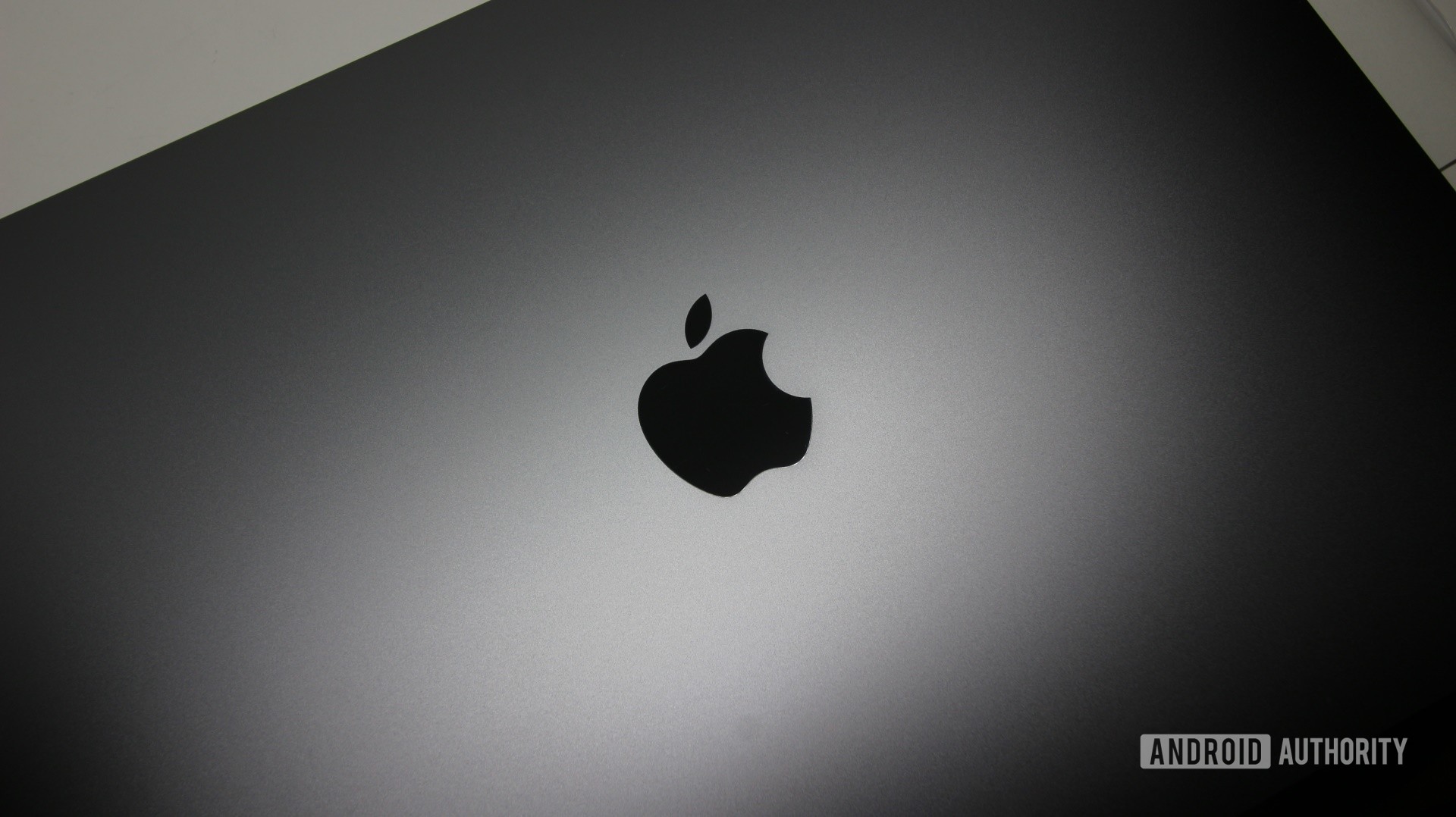Affiliate links on Android Authority may earn us a commission. Learn more.
Apple M1 is an emulation beast as native Dolphin port proves
Published onMay 24, 2021

- The team behind the Dolphin emulator has developed a native version for Apple’s M1 Macs.
- Expect major performance gains over Intel-based Macbook Pro models and Dolphin under Rosetta.
- The native version of Dolphin also displayed far better efficiency.
Apple blew the likes of Qualcomm away when it launched the first Macs and Macbooks with the Arm-based M1 silicon, delivering a ton more performance compared to the best Windows on Arm computers. In fact, Apple’s first in-house chipset for Macs also out-performed plenty of Intel chips when it came to both power and efficiency.
Now, the team behind the popular Dolphin emulator for the Nintendo GameCube and Wii have released a native version of the emulator for Apple M1 Macs. And the results are pretty mind-blowing according to the team’s own analysis.
The Dolphin team noted that the x86 version of the emulator already ran at a fast pace even under Apple’s own Rosetta translation layer (which allows x86 apps to run on Arm chipsets). In fact, they said it was able to “handily outrun like-class Intel Macs,” but added that the translation layer was a major performance bottleneck nonetheless.
The team was able to overcome several technical challenges on the way to delivering a native version of Dolphin for Apple M1 silicon. So how does it actually run, then? Well, the Dolphin team compared the native M1 version of Dolphin to the Rosetta version, the x86 version running on the 2018 Macbook Pro with a 4.5GHz Core i7 processor (8599U), and x86 Dolphin running on a Core i9 9900K/RTX 3090 PC. Check out a screenshot of the graph below for a visual breakdown.
The graph shows that the native version of Dolphin on a Macbook Air M1 handily beats the 2018 Intel-based Macbook Pro, while also delivering a significant performance boost over the x86 version of Dolphin running via Rosetta. It’s completely understandable that Dolphin on the M1 Macbook Air would lag behind the powerhouse Core i9/RTX 3090 PC given the Macbook’s lack of discrete graphics and smaller form factor, but these results still suggest the M1 silicon can handle game emulation very well.
Arm-based devices are well known for offering better efficiency than x86-based machines, and it looks like this is very true for Dolphin running on the Arm-based Apple M1 too. Check out the graph below.
“The efficiency is almost literally off the chart. Compared to an absolute monstrosity of a desktop PC, it uses less than one-tenth of the energy while providing ~65% of the performance. And the poor Intel MacBook Pro just can’t compare,” the team behind the emulator explains.
It’s not all perfect though, as the team notes that “full MMU” GameCube and Wii games like the Rogue Squadron titles and Spider-Man 2 do suffer from some performance issues. This is seemingly evident in the first graph, showing Star Wars: Rogue Squadron 2 running better via Rosetta than via the native version of the emulator.
Apple isn’t stopping with the M1 though, as you can be sure that the company is working on upgraded Arm silicon for the next generation of Macs and Macbooks. So we’d definitely like to see what emulator developers can do with the upgraded hardware.

